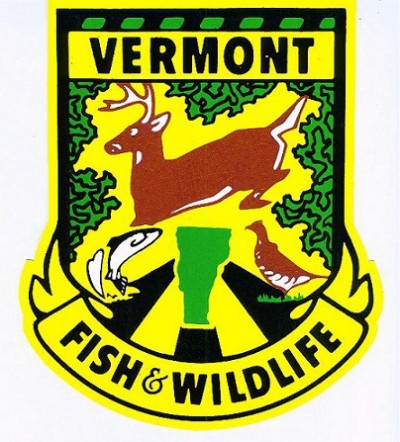
Vermont Fish and Wildlife has reopened the eleven cliffs closed to hiking and access earlier this spring to protect nesting peregrine falcons.
“The young peregrines have fledged, and nesting data suggest the species had a very good year due, in part, to cooperation from hikers and rock climbers during this critical nesting period,” said Fish and Wildlife’s migratory bird biologist John Buck. “Peregrine nesting success is also helped by the many volunteers that monitor the nest sites from March to the end of July.”
According to Audubon biologist Margaret Fowle, who coordinates the monitoring effort, at least 40 pairs of peregrines occupied Vermont cliffs in early spring and summer. Preliminary results indicate at least 39 pairs nested, with 28 pairs successfully producing at least 60 young. This is a 44 percent increase in nesting pairs and a 55 percent increase in pairs producing young compared to the 2011 nesting season.
“We greatly appreciate the time and effort volunteers put into monitoring the population this year, and we thank landowners and recreationists for their cooperation in protecting nesting peregrines from human disturbance,” said Fowle.
“We appreciate the cooperation of the trail and cliff users,” added Buck. “The success of the peregrine nesting season reflects that this mutual effort was very worthwhile.”
Vermont Fish & Wildlife and Audubon Vermont partner to monitor and protect peregrine nesting sites in Vermont. Peregrine falcons were removed from the state’s Threatened and Endangered Species List in 2005. Ongoing cooperation from recreationists and continued monitoring efforts by Audubon and Fish and Wildlife will help ensure the peregrine’s remarkable recovery in future years.
Logo courtesy of the Vermont Fish and Wildlife Department

 Your Privacy Choices
Your Privacy Choices
 The
The